5 Fav Glute Exercises
Last week one of my personal training clients shared a message from their physiotherapist. She said, "tell your trainer glute med, glute med, glute med, she'll know what I mean". I sure do know what she means and most of the exercises the physiology recommended we had already included in that client's plan. That message just told me to add in some extra exercises and variations! I'll share 5 of my favourite glute med activation exercises that you're probably not doing (hint: its not monster walks!).
But first, what is the glute med and why is it so important that I'm dedicating a newsletter post to it? Properly called the Glute Medius, it is one of three gluteal muscles and is an important muscle in walking, running, and single leg weight bearing movements. This broad, thick, radiating muscle has many functions. The anterior (front) part of the muscle flexes and internally rotates the hip. the posterior (back) portion extends and externally rotates the hip. The anterior and posterior portions work together to abduct the hip and stabilize the pelvis. When the glute med is inhibited or not functioning properly, other muscles must try to compensate to provide the rotation we need in the hip and the stability we need in the pelvis for the most vital movement we perform everyday -- walking (which involves standing on one leg). Persistent knee or low back pain? Your physiotherapist is likely to first take a look at how well your glute med is functioning. So is your personal trainer :)
You're probably familiar with lateral band walks (commonly called monster walks) and mini-band glute bridge and squats, but here are 5 glute med activation exercises which might not be as familiar. Click on each exercise to view the video demonstration:
1. Bench Tap Down/Dropsy Squat
-A chair or set of stairs works well for this exercise as well. I like doing these with support so that you can focus on driving through the heel and activating the glute instead of just worrying about your balance. You're still doing balance work by just gently holding onto a wall or banister for support. Do a check in to make sure your knee stays in line with your shoe laces/toes. Start low and move to a higher step/chair/bench.
2. Lateral Tap Down from Bench
-Same cues as above -- check in to see if your knee is "falling in". Sometimes just placing your hand on the inside of the knee can provide enough feedback and reminder for how your knee should be tracking.
3. Seated Abduction with Mini-band
-I love this exercise! Hinge forward at the hips and maintain a neutral spine. You do not need to use your heaviest mini-band for this exercise but go for high reps -- think anywhere from 15-30!
4. Side-lying Wall Slide
-Lying on your side with your back against the wall, slide the top leg up and down the wall. Seems easy right? Actively push the heel of that foot into the wall to generate some tension for yourself. You could add a slider (which would force you to add pressure to prevent the slider from falling) but I find that a fluffy sock works just fine!
5. Single Leg Glute Bridge with Hold
-Isometrics, or holding a position, are a great method for muscle activation and to highlight instability. I cue my clients to put their hands on their hip bones, contract the glute and very slowly lift the hips off the ground. Make sure your hips stay aligned -- if one hip starts to drop you know you've gone too far. Hold the position where you can maintain hip alignment for 10-15 seconds.
In strength and love,
KSA
